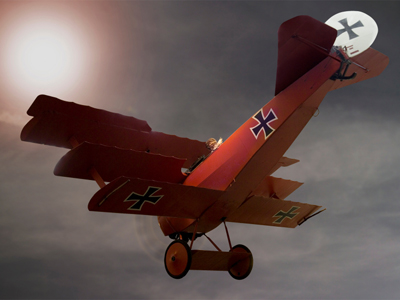
World War One: 1914-18 - Battles Of 1917 And 1918 On The Western Front
In GCSE History students will look at World War One and one of the areas they will study is the events which occurred during the war itself. This is the fourth of eight quizzes on that topic and it focusses in particular on the battles which took place on the Western Front in 1917 and in 1918.
The United States came into the war in April 1917, but it took a while for their troops to be trained and transported across the Atlantic. Many bitter battles took place before American participation began to tip the balance. In March 1918 Russia left the war, but the resulting German offensives on the Western Front were repulsed. In November 1918 the Armistice was signed.
Play this quiz to test your knowledge of the battles on the Western Front in the last two years of the war - 1917 and 1918.
Ready for more?
not all...
quizzers. Try to win a coveted spot on our Hall of Fame Page.







